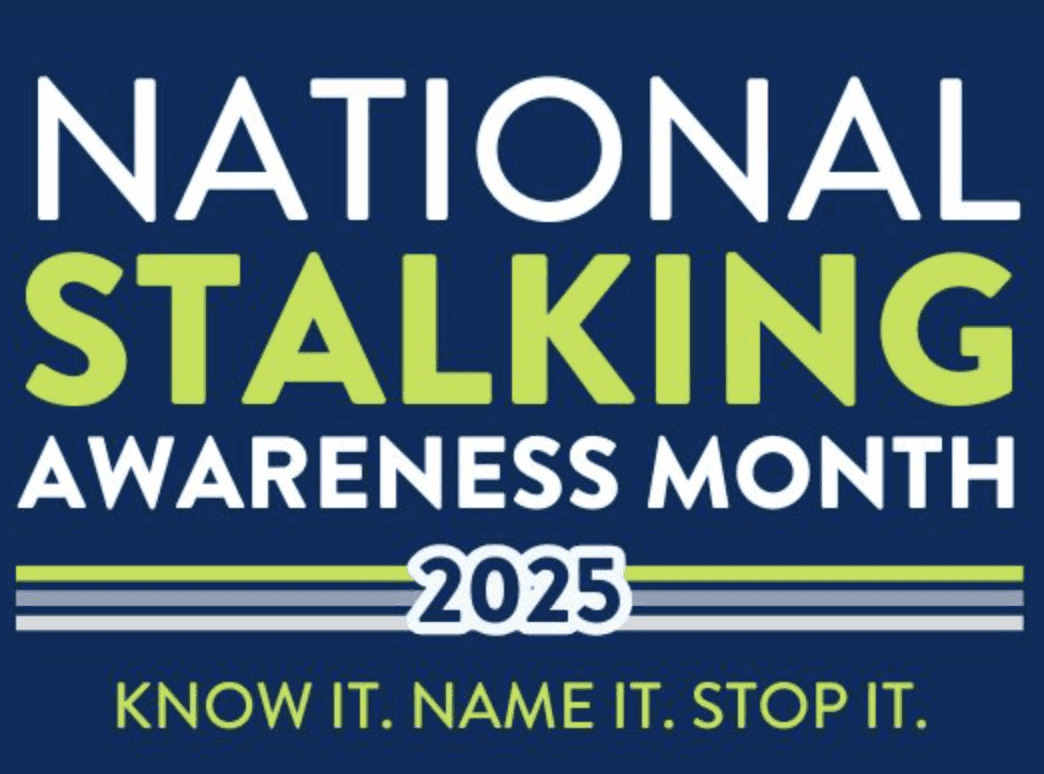The heart works 24 hours a day, pumping oxygen- and nutrient-rich blood to the body. Blood is supplied to the heart through its coronary arteries. In coronary heart disease (CHD), plaques or fatty substances build up inside the walls of the arteries. The plaques also attract blood components, which stick to the artery wall lining. Called atherosclerosis, the process develops gradually, over many years. It often begins early in life, even in childhood.
The fatty buildup or plaque can break open and lead to the formation of a blood clot that seals the break. The clot reduces blood flow. The cycle of fatty buildup, plaque rupture, and blood clot formation causes the coronary arteries to narrow, reducing blood flow.
When too little blood reaches the heart, the condition is called ischemia. Chest pain, or angina, may occur. The pain can vary in occurrence and be mild and intermittent, or more pronounced and steady. It can be severe enough to make normal everyday activities difficult. The same inadequate blood supply also may cause no symptoms, a condition called silent ischemia.
If a blood clot suddenly cuts off most or all blood supply to the heart, a heart attack results. Cells in the heart muscle that do not receive enough oxygen-carrying blood begin to die. The more time that passes without treatment to restore blood flow, the greater the damage to the heart.
Women and Heart Attack
If you’re a woman, you may not believe you’re as vulnerable to a heart attack as men-but you are. Women account for nearly half of all heart attack deaths. Heart disease is the number one killer of both women and men.
There are differences in how women and men respond to a heart attack. Women are less likely than men to believe they’re having a heart attack and more likely to delay in seeking emergency treatment.
Further, women tend to be about 10 years older than men when they have a heart attack. They are more likely to have other conditions, such as diabetes, high blood pressure, and congestive heart failure-making it all the more vital that they get proper treatment fast.
Women should learn the heart attack warning signs. These are:
– Pain or discomfort in the center of the chest.
– Pain or discomfort in other areas of the upper body, including the arms, back, neck, jaw, or stomach.
– Other symptoms, such as a shortness of breath, breaking out in a cold sweat, nausea, or light-headedness.
As with men, women’s most common heart attack symptom is chest pain or discomfort. But women are somewhat more likely than men to experience some of the other common symptoms, particularly shortness of breath, nausea/vomiting, and back or jaw pain.
If you feel heart attack symptoms, do not delay. Remember, minutes matter! Do not wait for more than a few minutes-5 minutes at most-to call 9-1-1. Your family will benefit most if you seek fast treatment.
Source: www.nih.gov



